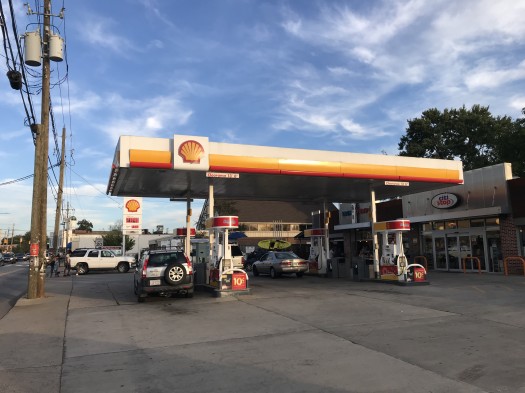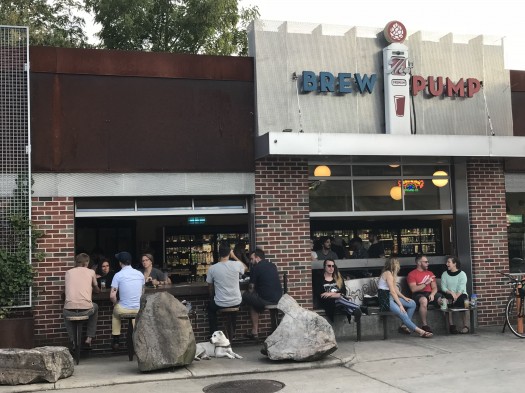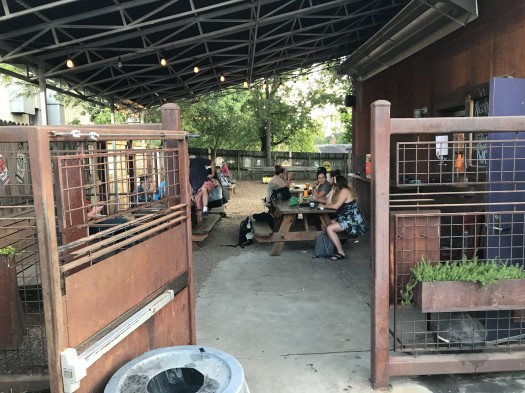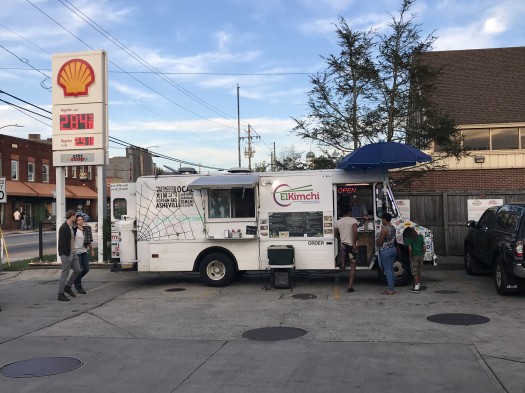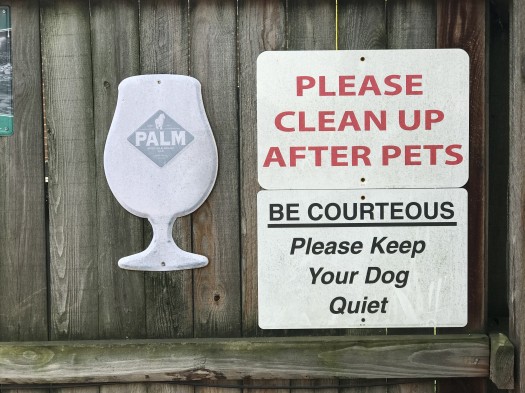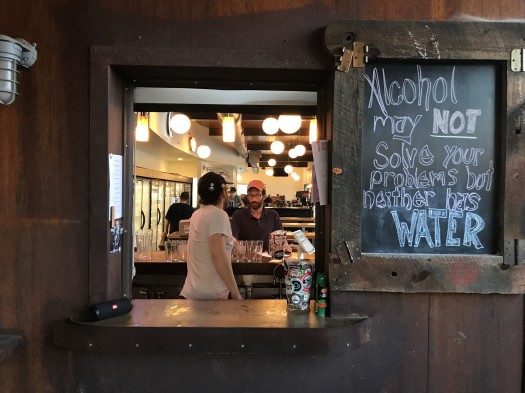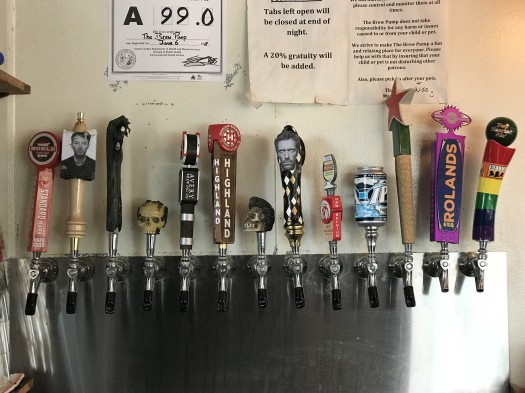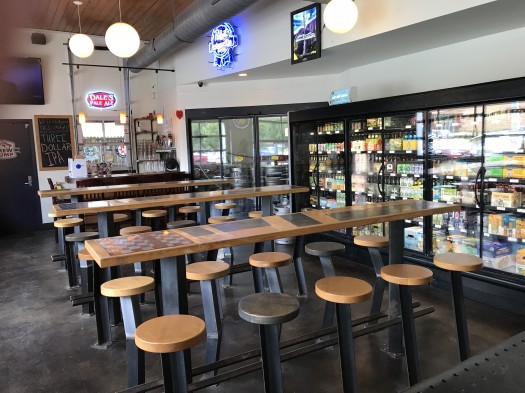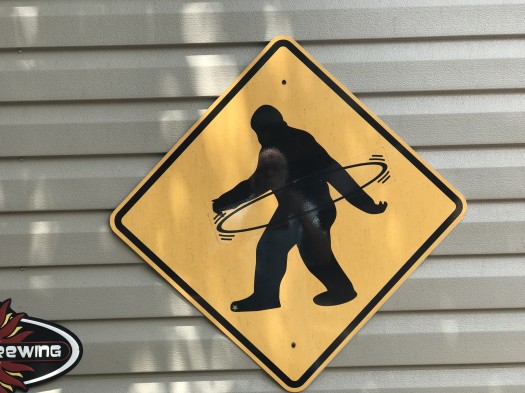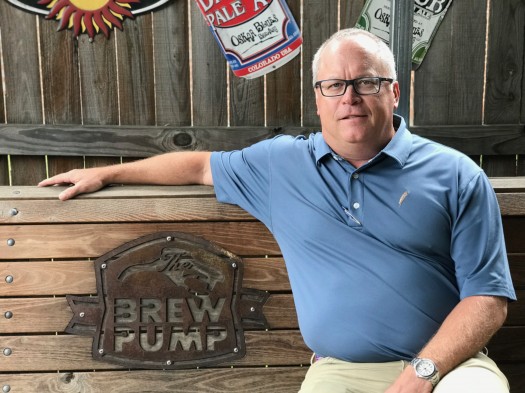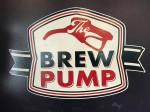A Placemaking Journal
The Transformative Power of Walkability (and beer)
I’m suspicious of the words “neighborhood character” in defensive mode. If they once signaled a community characteristic worth prioritizing, the’ve lately become weaponized. A dog whistle for opposition to everything from granny flats to transit to, you know, change. But I’m definitely okay when the character of the neighborhood in question embodies adaptation.
My current favorite example is in my West Asheville neighborhood. It’s a gas station/convenience store redefining the concept of “convenience” for a place in transition.
This is what it looks like from a distance:
And this is what it looks like a little closer:
Yep, it’s a pub + gas. Plus a dog-friendly beer garden and rotating food trucks providing the grub to go with the beer. A neighborhood hang-out and an occasional festival.
The Brew Pump sits at a primary corner on Haywood Road, the commercial corridor that threads through old working class neighborhoods that supported its businesses in the days before West Asheville was annexed. And as is the case with Asheville’s downtown, West Asheville didn’t feel all that appealing for lots of years before its recent reemergence.
For the downtown, the turnaround started in the last couple decades of the last century, then boomed to such an extent the retirees and the millennials flocking to Asheville had to think about some other place to park themselves and their urban-ish lifestyles. West Asheville, with the bones of urbanity along Haywood awaiting renewal, was ideal. So it began to boom, as well, about the same time beer became a thing. A mega-thing.
“We were pretty in tune with what was happening in micro brews and the craft beer category,” says Scott Shealy, who with his dad and brother-in-law manage the company that owns the gas station-turned-pub and nine other stores. The others they lease. This one they run themselves – as much for the fun as for the economic return on innovation and adaptation.
“About five years ago,” says Shealy, “we noticed the changes along Haywood.” Instead of the usual traffic of gas-ups and a trip inside for a pack of cigarettes, “people were walking in, and they were buying local beer.”
Since it was about time for an update anyway, they decided to lose the laundromat that had been part of their old operation and expand cooler space for local brews. They found out that their license to sell beer would also allow them sell draft, so the obvious question: “What if we put in a little bar with bartenders?” And a roll-up window with a few stools for an outside bar?
Then, there’s that underused, overgrown outdoor area beside the building? What if that was a beer garden? And how ‘bout a food truck. Otherwise, Shealy reasoned, “there would be no reason for people to hang out.” And it was clear people were up for hanging out.
“For the first six months, it was kind of slow,” says Shealy. “Then things exploded.”
These days, the Brew Pump functions as a kind of unofficial town plaza. There’s a website for fans. They sell merch, including a $40 Brew Pump hoodie. Every Halloween, they close down the pumps for a West Asheville-style street party, which is reliably eccentric, even a little weird, but somehow in a family-friendly way.
Shealy, a former assistant district attorney in Charlotte, probably wouldn’t call himself an urban theorist. But he and his family grasped the concept of walkability pretty quickly.
“The whole corridor has become a place where people bounce from place to place to place,” says Shealy. “We all share a lot of the same customers.“
When others want to know how to make it work where they have similar businesses, Shealy cautions them about context. “I really try to get them to understand this store is unusual because of the walkability, the proximity to other businesses, the residential neighborhoods.”
I think you could make a case that the old version of the convenience store accurately reflected the character of the neighborhood in the in-between time before the boom. But I’m betting not many would show up at a zoning hearing to argue for preserving it exactly as it was. Now, however, it’s on the way to becoming an icon. If something else eventually takes its place in a future transition, there might be a case for at least preserving it in a beer museum.
It says something about the power of urban context that you don’t have to defend in a comp plan.
–Ben Brown
If PlaceShakers is our soapbox, our Facebook page is where we step down, grab a drink and enjoy a little conversation. Looking for a heads-up on the latest community-building news and perspective from around the web? Click through and “Like” us and we’ll keep you in the loop.






